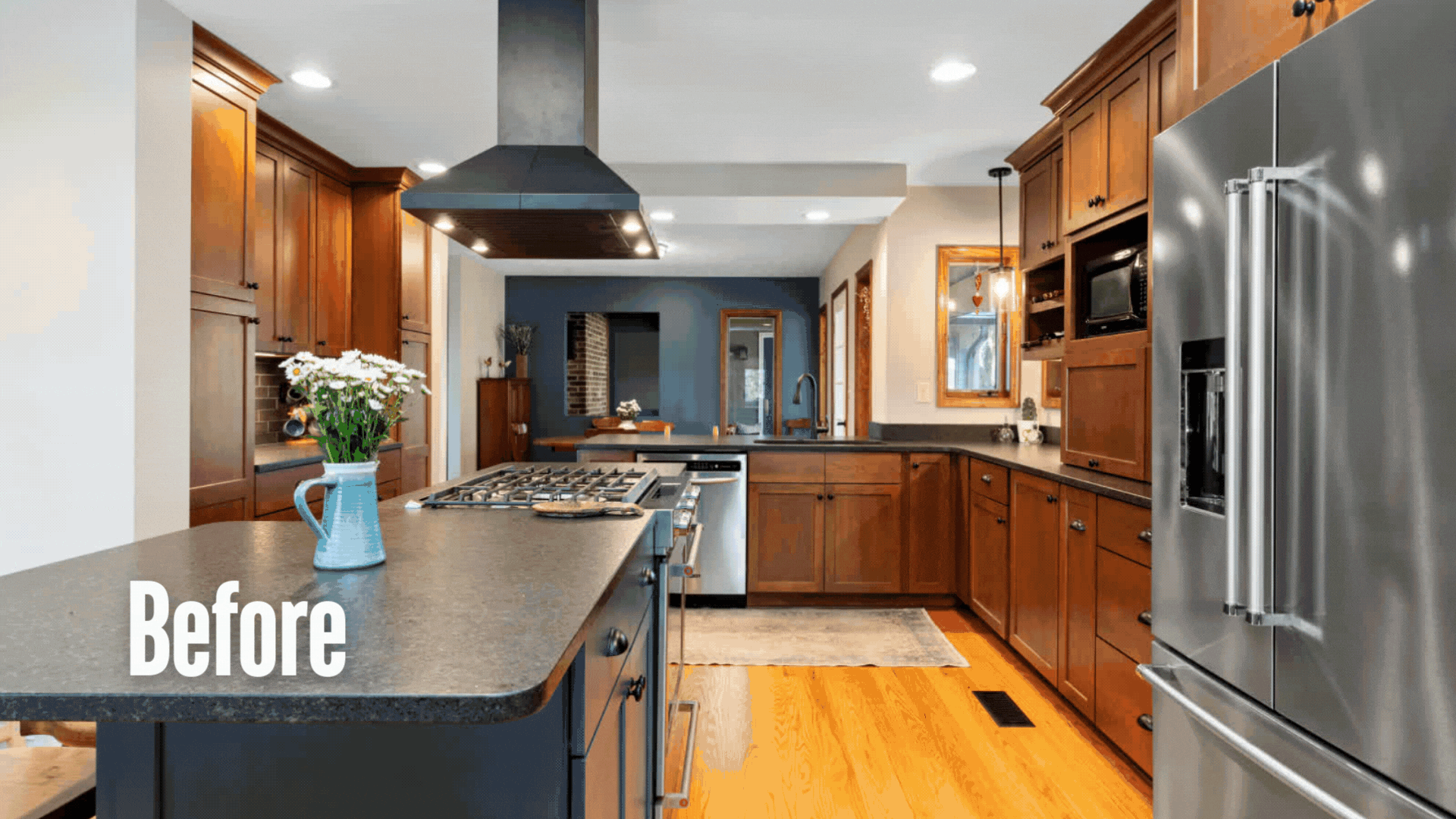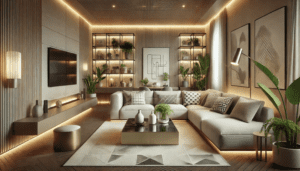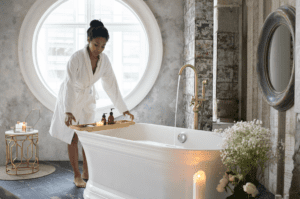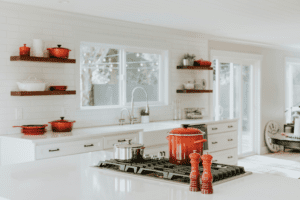Is Building a Custom Home Worth It? The Pros and Cons of Building a Home
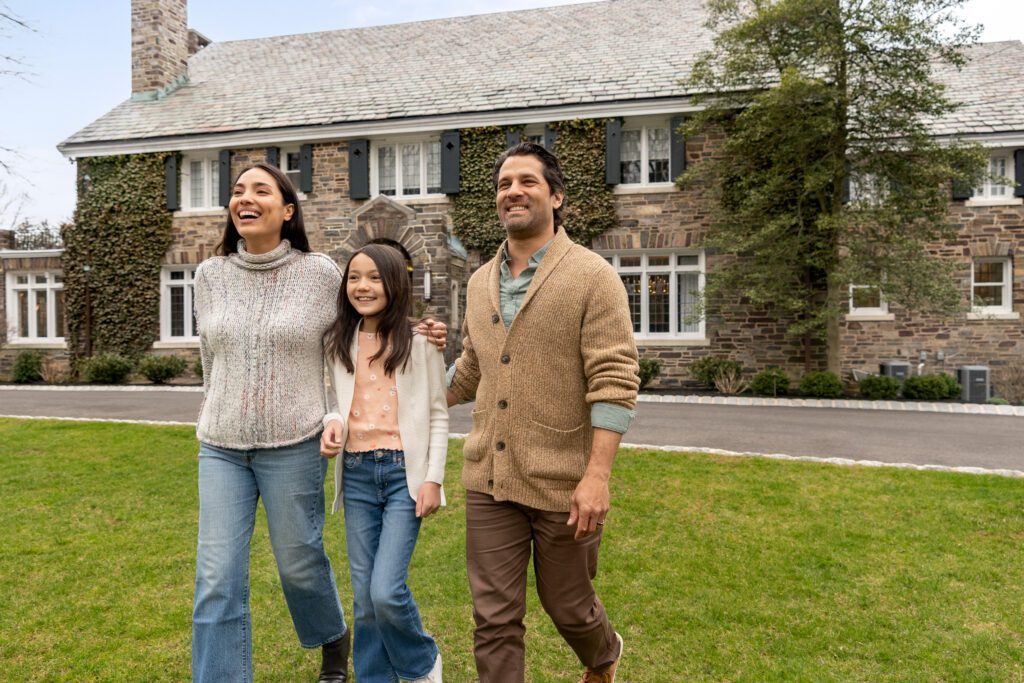

1. The Advantages (or Pros) of Custom Home-Building
One of the greatest opportunities we’ll ever have in our lives is the chance to build a new home. Doing so requires much thought, attention to detail, and a great deal of planning. When it comes to crafting the home of your dreams, it’s important to do your research and ask the following question, “What exactly are the pros and cons of building a custom home?” Having been in the custom home-building business for more than two decades, we know that this process can trigger many different emotions and feelings: excitement and wonder — but also stress and anxiety.
We hope we can reduce some of the stress for you. That’s why we’ve taken the time to create a list of the advantages (the pros) and disadvantages (the cons) of building a custom home. We hope this guide on the pros and cons of the custom home-building process finds you well and helps bring you peace of mind in the days to come when crafting the home of your dreams.
1.1 Explore new horizons with personalized options
One of the greatest benefits of building a custom home is the ability to personalize your new home down to the very last detail. You can personalize flooring, lighting, cabinetry, roofing, appliances, materials, and so much more. Custom homes afford homeowners endless dazzling options for personalization that buying a stock home would not otherwise afford.
Here at WA Construct, our architects use our highly refined, six-step design-and-build process. We meet with clients to discuss and plan design principles, materials, proposal and contract writing, building permit applications, and finding quality vendors.
Custom home building is a journey. It affords a greater opportunity to explore a better quality of life, greater luxury, and more stylized choices in building the perfect new home.
1.2 maintenance is needed
When you invest in a custom home, you are clearing land, building the structures for it, and using only the newest, most pristine, and top-quality materials for your new home. You can count on your architect to use only the latest and greatest cutting-edge technology. This technology can reduce the cost of maintenance needed, as it is less likely to break down given how new and efficient it is.
21st-century homes are built with Energy Star-certified materials and technology. These homes are designed with energy efficiency in mind, meaning you’ll have appliances that perform better and are more energy efficient.
You’ll pay less money for utilities and maintenance in exchange for a more efficient, environmentally friendly, and sustainable home that meets the strictest requirements set by the U.S. Environmental Protection Agency (EPA). Investing in Energy Star-certified materials ensures you’ll pay lower premiums on your custom-built home and utilities over time, incredible savings on your wallet for the years ahead in your new home.
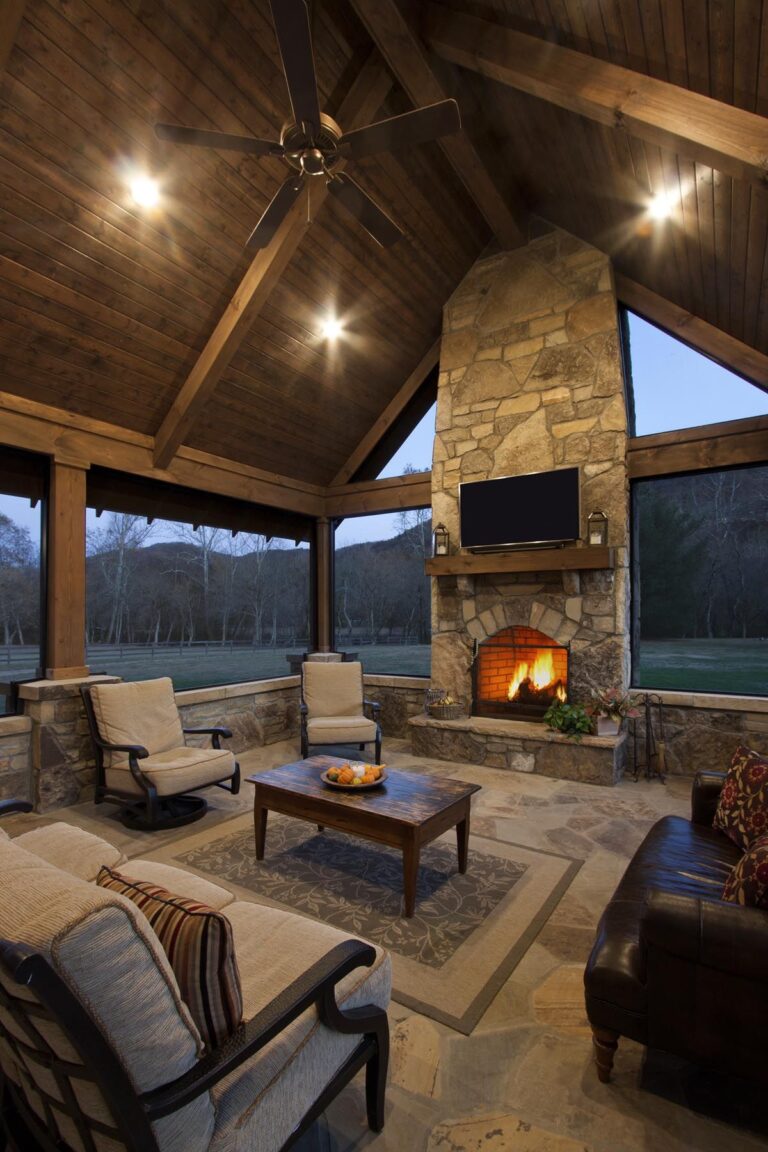

1.3 Save money (and more) with extended warranties
Most importantly, did you know that when you do repair your new home, your new home will likely be covered under warranty? Most custom-built homes are generally protected under warranty, another added savings in your pocket book. A little upfront investment goes a long way.
As mentioned, access to the highest quality building materials and top-of-the-line technology means less money goes towards maintenance and utilities. With your new warranty and efficient appliances, you can rest easy knowing your stunning custom home is protected under warranty and therefore will likely require less frequent and costly repairs for the foreseeable future.
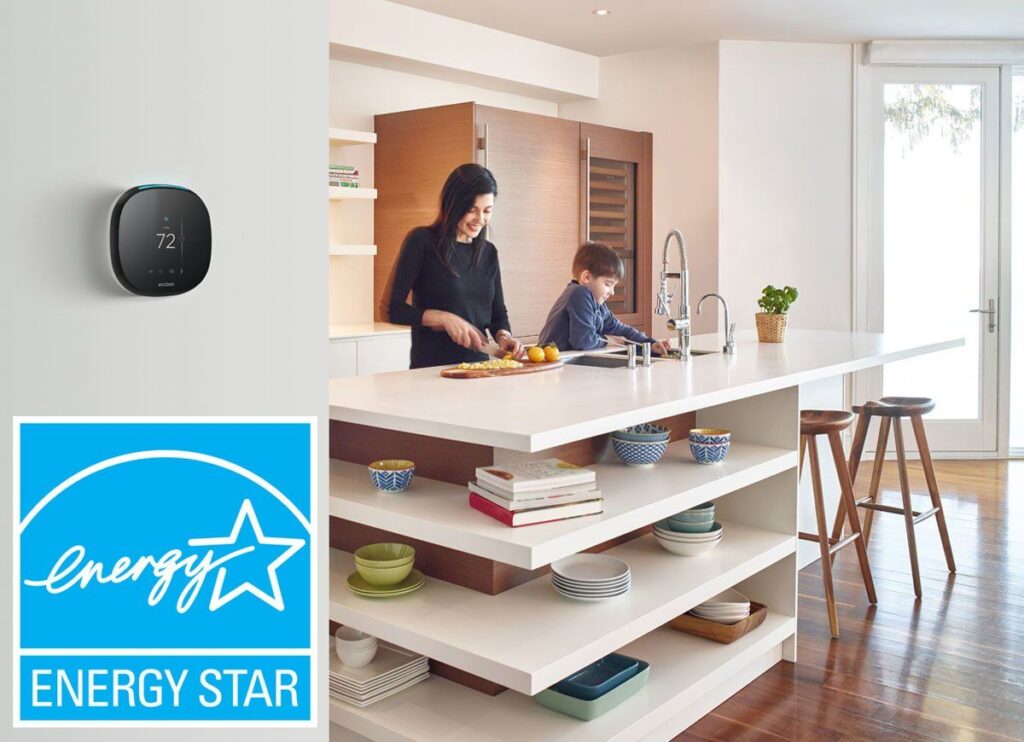

1.4 Less competition in the custom home-building market
The National Association of Home Builders (NAHB) found that in 2022, single-family homestarts declined. While it may be too early to tell what the housing market will predict for 2023, we can comfortably say that the data suggests that today’s market is a seller’s market.
That means if you’re in the market for building a custom home, you’re in luck. Mortgage rates are so incredibly low right now, that investing in a custom-built home — versus buying a previously built home — ensures you’ll be able to skip the hassle of bidding for a new home, while giving you the luxury of building the home of your dreams sans competition.
Building a custom home might even result in less stress than buying a new or previously existing home because you’ll avoid the agonizing and inevitable bidding wars that come with purchasing a previously existing home.
Sidestep the buyer’s market entirely by opting for a custom-built home. By building your custom home, you’ll even build equity for the future. Explore your financing options today with our team of knowledgeable and kind experts.
1.5 Freedom to choose your new home’s location
With a new custom home, you’re not limited to buying a home in any one particular location. Pack up and plant roots for your new home wherever you desire. Custom home-building affords homeowners the freedom to choose where they desire to live.
Whether your home is nestled by a sun-soaked beach, up high in the crisp mountain air, or on a spacious prairie, you’re also not limited to the size of the lot on which you build your custom home.
Wherever you decide to plant your home’s roots, it’s worth taking time to consider all the details needed for the location of your new home.
Our E-Book — 7 Things You Must Know Before Designing A New Home — explores in greater detail what homeowners can expect when designing and building their new spacious home.
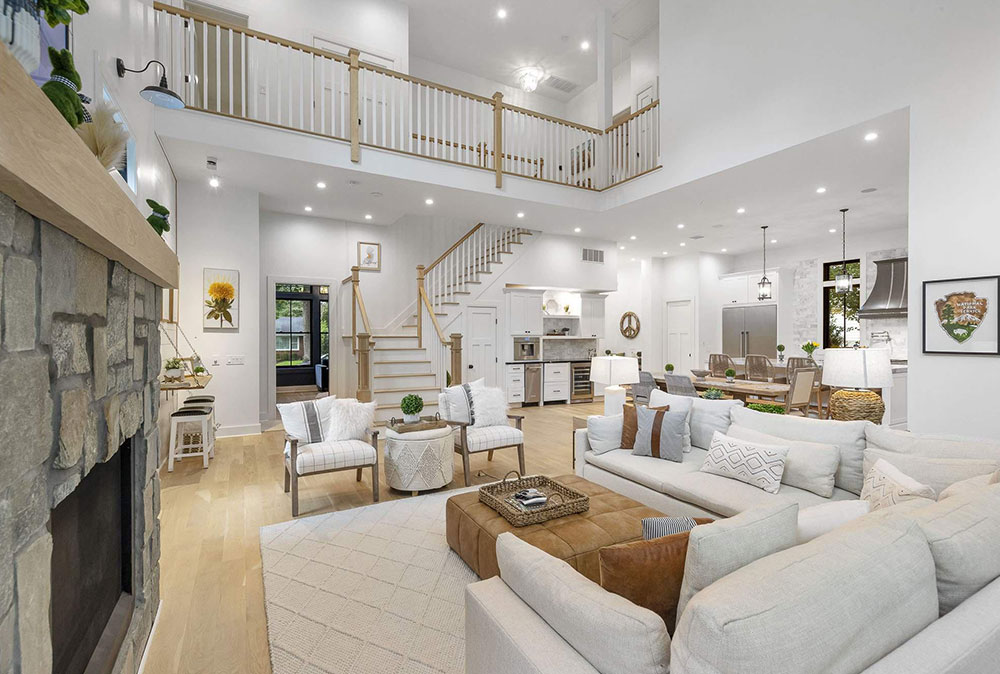

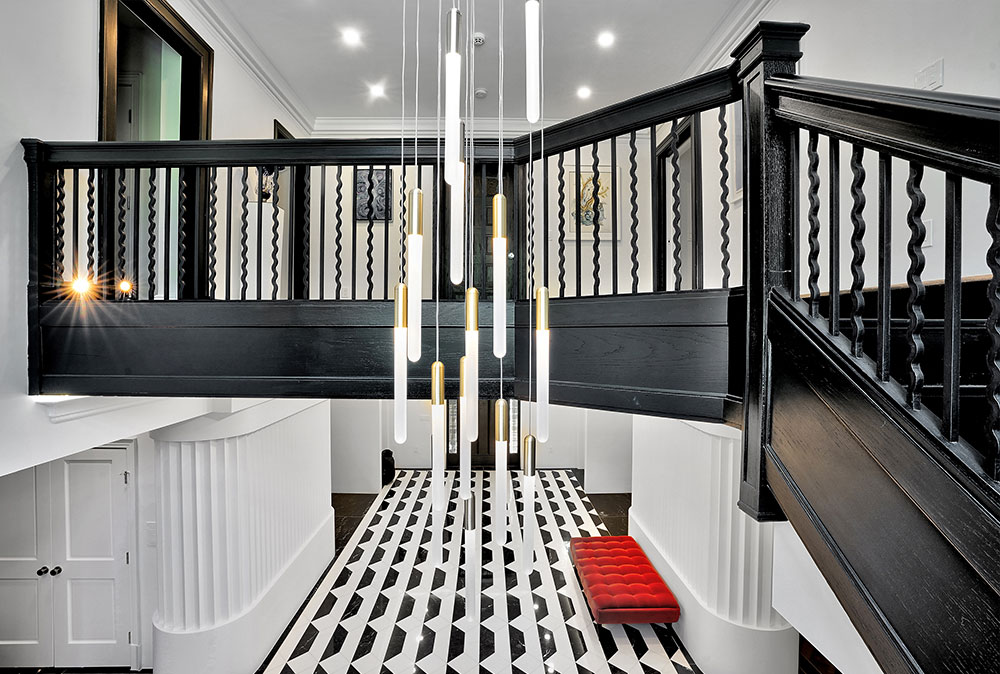

1.6 Unlimited potential for infrastructure
When you build on a previously remodeled or prefabricated home, you’re limited to the home’s existing infrastructure and foundation, zoning ordinances, and previous wear and tear. Plus, you’ll need to rip apart the existing framework to gain access to plumbing, HVAC, and other home systems.
With a custom home, there’s no limit to what you can and can’t add because of zoning laws, existing infrastructure, and the home’s shelf life.
With a custom-built home, homeowners have unlimited potential to build the home of their dreams — all in one shot. All-in-one-go remodeling — as opposed to piecemeal remodeling — saves time and money because you have the opportunity to start fresh and not spend additional funds on ongoing repairs for appliances and materials.
You’ll have more choices with design and greater access to quality materials when you opt for a custom home builder.
Did your old home have a washer and dryer in the basement? No problem. With a custom home, you can place the laundry room wherever your heart desires — even on the second floor.
With a new custom home, you can opt out of narrow hallways constricted by zoning laws and instead create walking spaces large and small wherever you deem fit (with safety in mind, of course).
1.7 Built with the latest, dependable materials and technologies
When you build your new custom dream home, you’ll have access to top-quality building materials installed by and with the latest and greatest building technologies. No modular, sub-standard builder-grade products are used — only custom, top-quality artisan products.
Custom- and ultra-custom materials are dependable, durable, fashionable, and longer-lasting than builder-grade products. Using custom materials means fewer repairs in the future. Using top-quality materials will save you time and money — not to mention hassle and headaches — in scheduling and conducting home repairs in the future.
Investing wisely in quality building materials will maximize your home’s value and reduce the liability of needing repairs on your home. Plus, should you decide to use quality building materials, you’ll be increasing the resale value of your home should you ever decide to move.
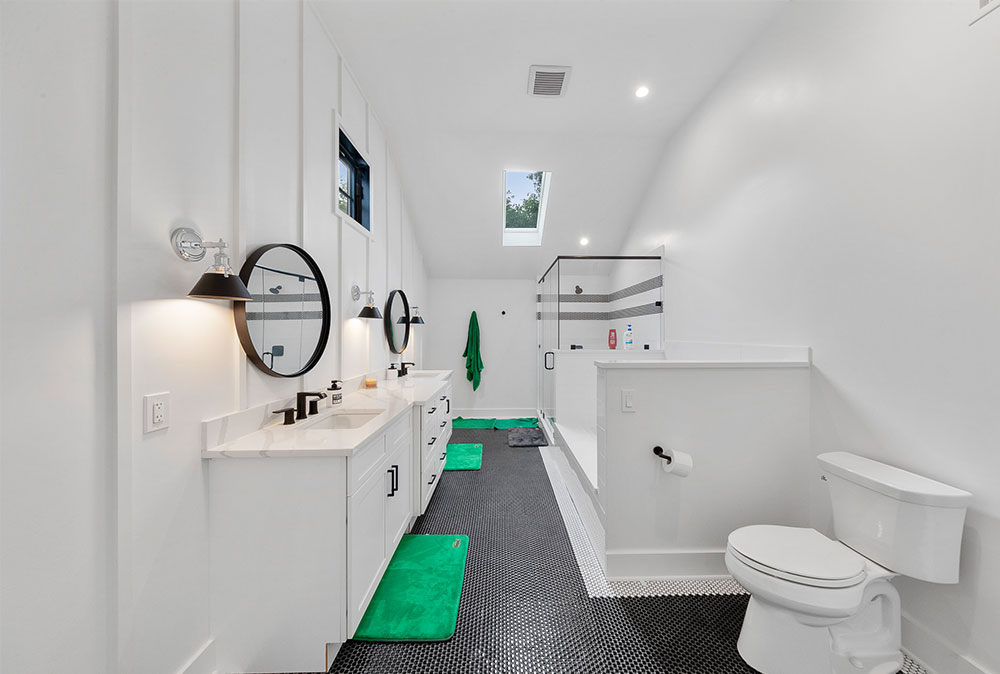

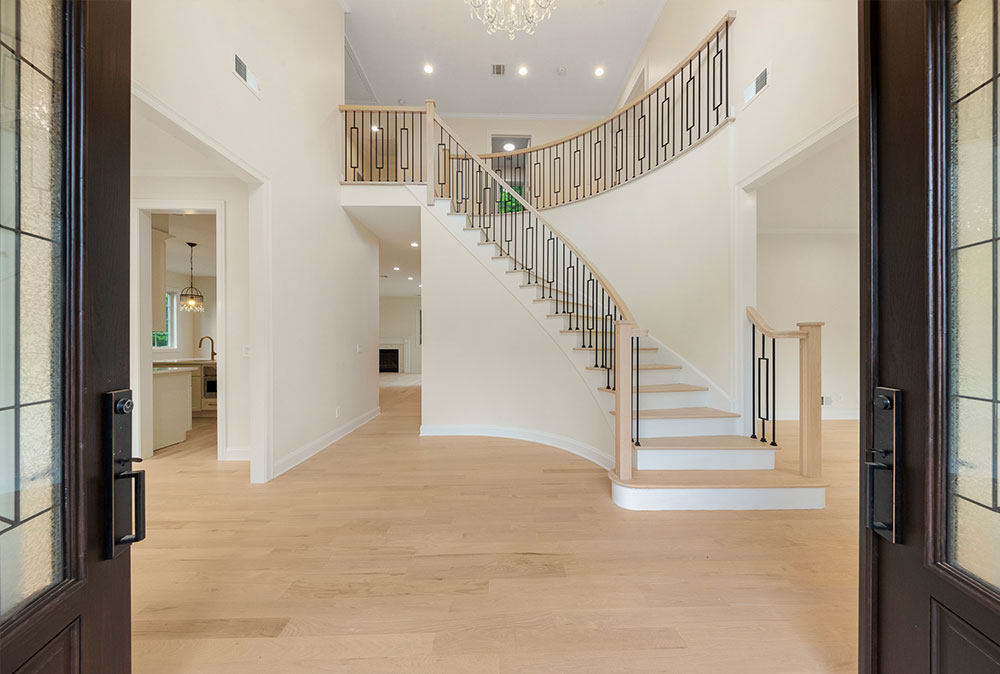

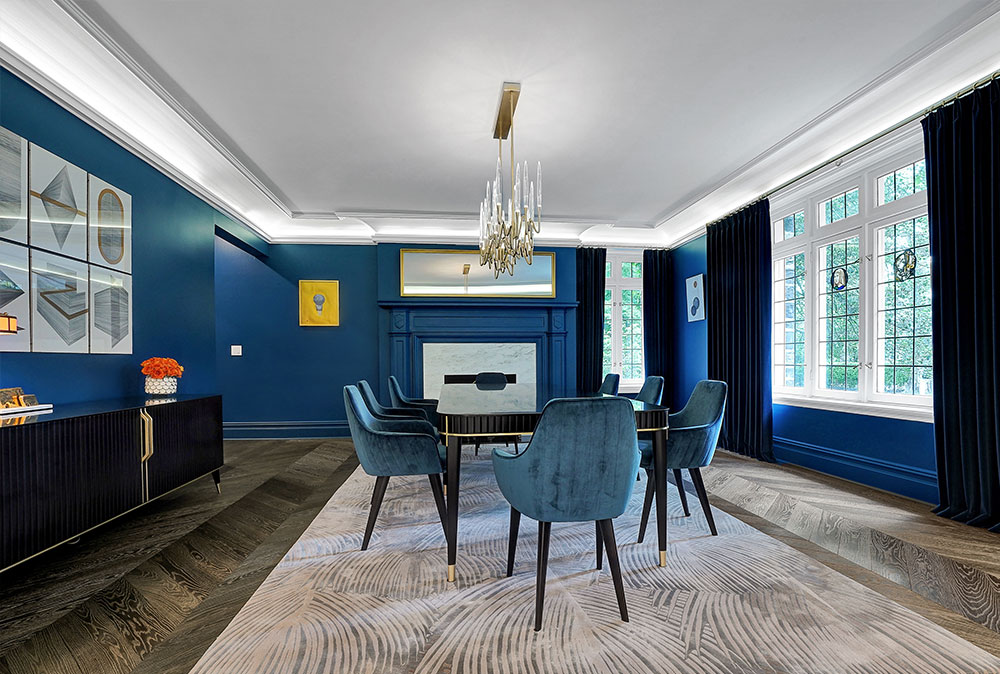

1.8 Access to a dependable build-and-design team from start to finish
bathroom remodel is a coordinated effort. After all, it takes a plumber, tile person, electrician, carpenter, painter, and other tradespeople to fix a bathroom alone.
When you build a custom home, you’ll work with and have access to a coordinated team of professionals — not just a jack-or-jill-of-all-trades handyperson who may not have the skill, experience, or craft to build your home right on the first try and with top quality.
With a design-and-build team, you’ll have access to a team that operates under the same processes, the same principles, and who takes your building needs to heart.
They’ll come to know your practical needs and listen to your home-building dreams — and not just focus on what will help them cut costs on their end at the end of the day.
Working with a team — versus hiring subcontractors — ensures you a flawless finished product. You reduce the risk of subcontractors working — and potentially botching — the coordinated home-building effort and process to virtually zero.
Best of all? You’ll save money with an in-house interior designer who works in synergy with the entire construction team. Your new forever home will turn out just the way you like it.
By the end of the remodel, you’ll be scratching your head, asking yourself, “Why didn’t I opt for a design-and-build team sooner?”
2. The Disadvantages (or Cons) of Custom-Home Building
2.1 Often takes more time than buying a pre-existing home
It goes without saying: custom home building takes time. On average — and depending on the size of the home — it can take about six to 12 months to build a custom home. When comparing this timeline to that of the national average, Zillow states that building a custom home can take four and a half to six months to close the sale on a pre-existing, non-custom-built home.
The timeline of buying an existing home is calculated with the following steps in mind: finding and securing a home, credit being in order, narrowing down your shopping list to a handful of homes, negotiating the price, being pre-approved for a loan, completing escrow, and signing the final paperwork.
Custom homes can often be built within the same timeframe, all while ensuring your home is up-to-date code and zoning laws-wise and includes the latest and greatest new building technology. You may even be able to finish most of the steps within the same amount of time as closing on a pre-existing home.
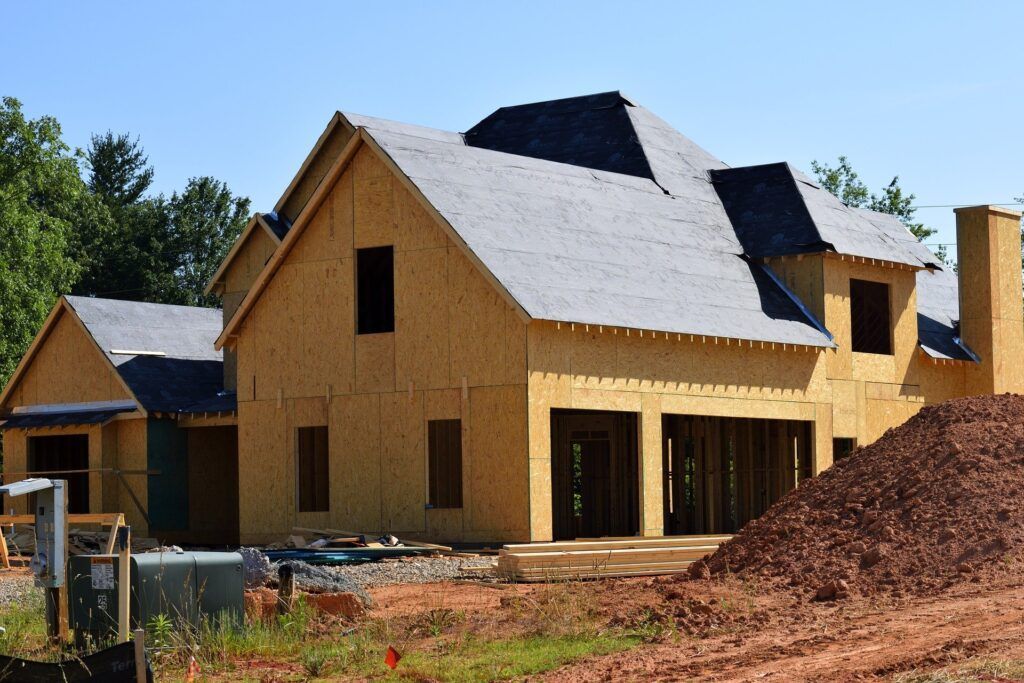

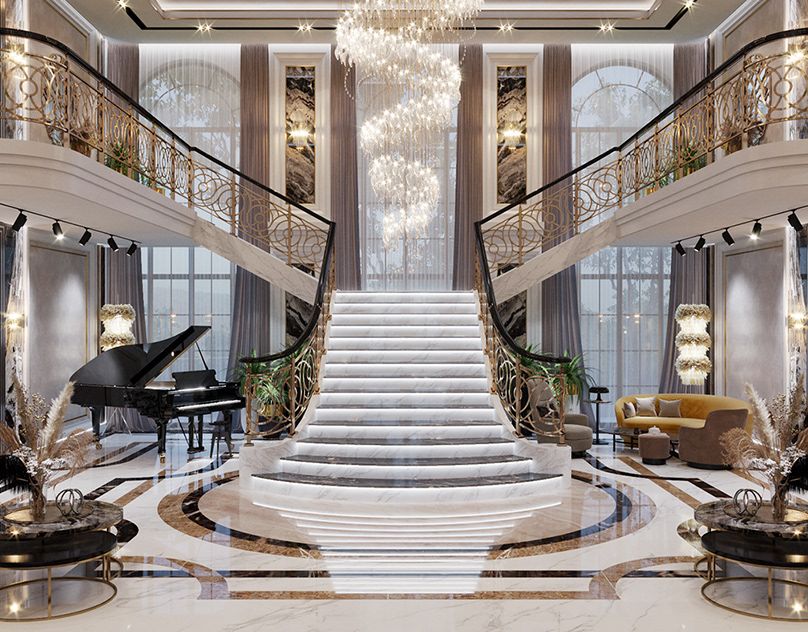

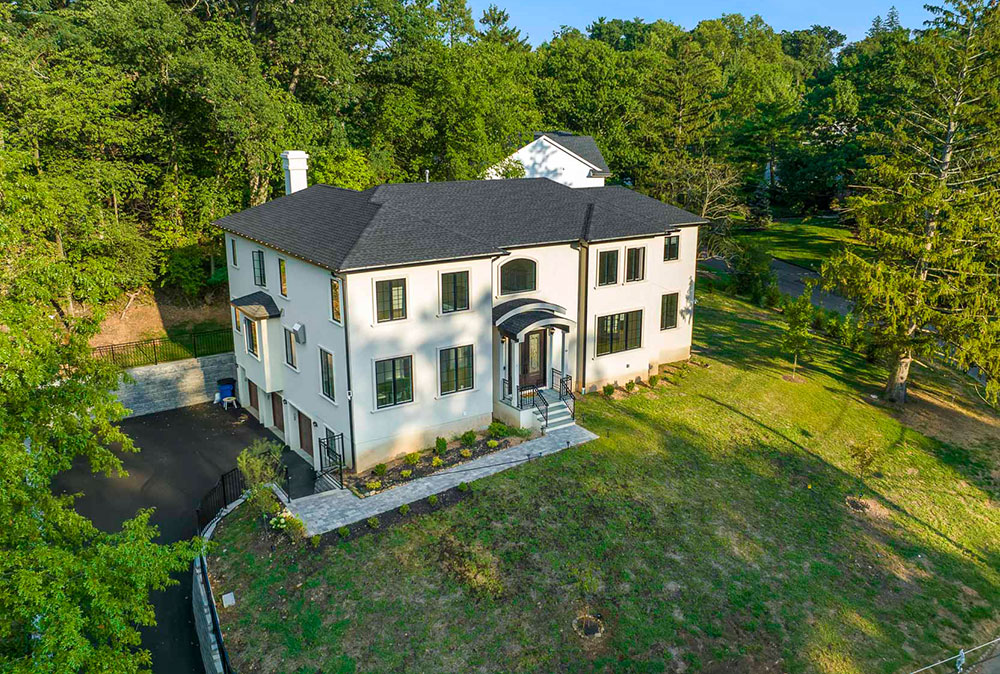

2.2. Custom homes can cost more than resales
Building a home from scratch requires greater upfront financial investment than purchasing a resold or pre-existing home. When factoring in maintenance costs, utility bills, and energy savings on your new custom home, it’s quite possible to save money in the long run. But we don’t deny that custom home-building is a significant upfront investment for the short-term future.
Taking the time to invest in your home can increase happiness, though. Houzz surveyed more than 6,000 homeowners. What did they find? The home consultant company found that survey respondents who took the time to improve their homes — and improving homes in general — directly impacted how happy they felt about their lives. Nearly nine out of 10 homeowners found that designing a home impacted their overall happiness.
While it may be an upfront investment, the data suggests that while building a home might require an initial financial contribution, people tend to be happier and report better quality of life as a result.
Your increased happiness and life satisfaction are not a bad return on investment. It’s well worth the price of admission.
2.3. Lack of mature, fully-grown landscaping
Building a custom home often requires cutting down mature trees and other greenery to clear the way for the building site. Clearing out trees and other natural land space can be a boon.
While setting the foundation for a new home does require raising the existing land around it, it’s not unheard of to request that your new custom home be built to preserve the existing landscape. You can ask your architects to build a new home and keep existing trees intact.
At WA Construct, many of our custom-built homes are crafted with the outdoors in mind. Ask your landscape architect to learn more about how to minimize your eco-footprint and keep intact the available nature surrounding the plot of your new home.
2.4. Finding a location for building
Building a home requires space. Finding a location to build can be a challenge — especially in urban and metropolitan areas. It can be — and has been — done, though. The process requires just a little more research and due diligence than building a plot in less populated areas.
Depending on the neighborhood you’re looking to build your home in, your architect ideally can find you a lot that is close to it and within a short distance of shopping and other convenient amenities. Every county has zoning laws that allow for properties to be developed in metropolitan and urban areas.
If in doubt, ask your architect which neighborhoods are best to build your new custom home. There is no reason you can’t have your ideal home in an ideal location.
2.5. Construction loans can cost more
To finance a new custom-built home, homeowners must be pre-approved for a construction loan. These loans accrue greater interest than taking out long-term mortgages for, say, a pre-built pre-existing home. Construction loans also often require a 20% down payment on your new custom-built home, meaning you may pay more upfront to finance your new home.
While it may seem like you might be paying more on your newly built custom home, you can convert your pre-existing construction loan into a conventional mortgage once your custom home is completed. Converting your loan will help reduce the amount of interest paid over the long term, giving you greater financial freedom for paying off your mortgage.
WA Construct: Affordable Financing and Stunning Design-and-Build Solutions
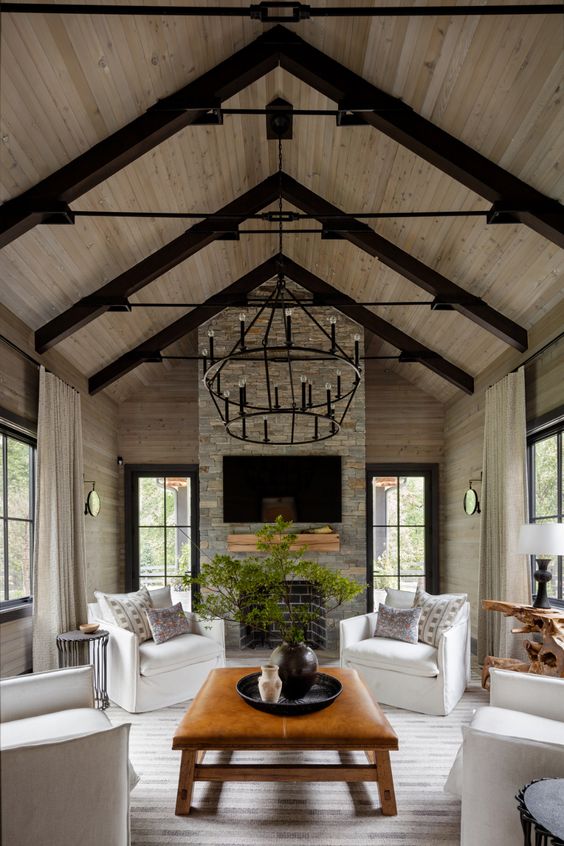

Finding and creating the perfect home takes time, energy, and resources. We know that choosing to build a custom home may not be for everyone. The decision is yours and has to be at the right time. That’s why we’re proud to offer a variety of financing options for all your home-building, home additions, design, and renovation needs.
WA Construct has been in the business of home construction and renovation for over twenty years. From custom home-building, to additions, kitchen remodels, interior design, and more. We’ve been taking care of and helping countless New Jersey families and residents by helping them create the home of their dreams.
Whatever you may decide, we hope you have a better understanding of the advantages and disadvantages of building a new custom home. Should you wish to get in touch with us, do not hesitate to reach out with questions about all your homeowner needs.


